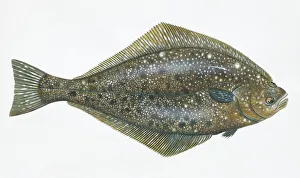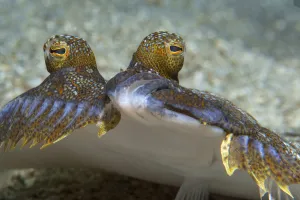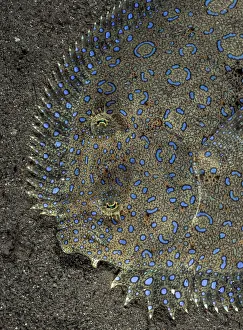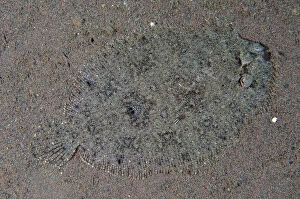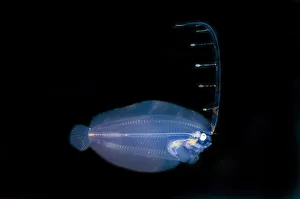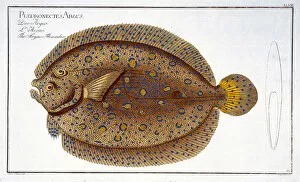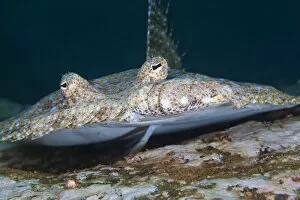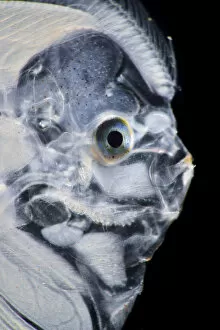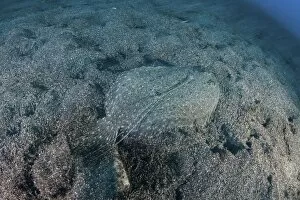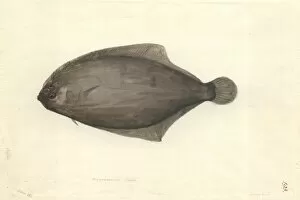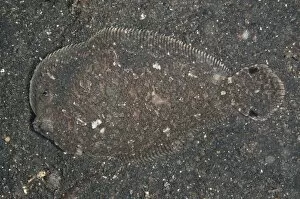Bothidae Collection
Bothidae, also known as the flounders, are a fascinating family of fish that inhabit various oceans around the world
All Professionally Made to Order for Quick Shipping
Bothidae, also known as the flounders, are a fascinating family of fish that inhabit various oceans around the world. One member of this family is the Hippoglossus stenolepis, commonly referred to as the Pacific halibut. When viewed from the side, these massive creatures showcase their impressive size and unique body structure. On the other hand, we have the wide-eyed flounder (Bothus podas) found in Tenerife. Its portrait reveals its mesmerizing eyes positioned above its head, allowing it to observe its surroundings with exceptional clarity. Venturing into warmer waters, we encounter the tropical flounder (Bothus mancus) residing in Socorro Island within Revillagigedo Archipelago Biosphere. This species showcases vibrant colors and patterns that make it stand out among its peers. In contrast, we have the peacock flounder (Bothus lunatus), camouflaged perfectly on a sandy seabed in Dominica's Eastern Caribbean waters. Its ability to blend seamlessly with its environment serves as an excellent defense mechanism against potential predators. Diving deeper into Indonesian waters of Bali's Seraya region during a blackwater night dive brings us face-to-face with post-larval flounders displaying extended fins. These peculiar creatures exhibit remarkable adaptability and grace even at such an early stage of life. Moving away from live specimens but still appreciating their beauty is Pleuronectes Maximus or turbot depicted in Ichthyologie plate XLIX. The intricate details captured by scientific illustrations allow us to marvel at nature's artistry. Similarly showcased is Pleuronectes Argus or The Argus Flounder through Ichthyologie plate XLVIII—a testament to how these flatfish captivate both scientists and artists alike throughout history. Returning once again to Bothus mancus found in Socorro Island within Revillagigedo Archipelago Biosphere emphasizes their presence in diverse marine ecosystems.

